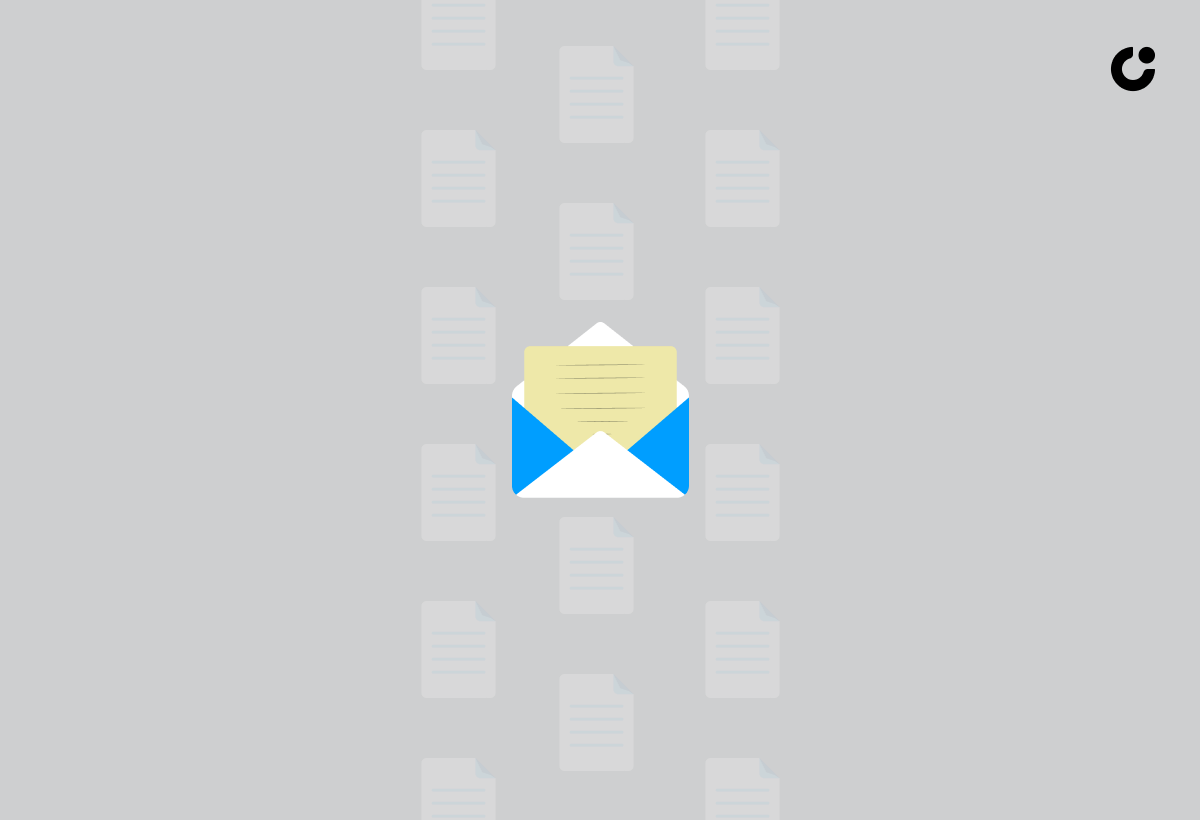Tired of sending cold emails that go unanswered? Fear not, as the power of follow up cold email is here to rescue your outreach efforts! This comprehensive guide will take you on a journey through the world of follow up cold emails, revealing their importance, essential components, and a step-by-step process for crafting the perfect message. We’ll also share five proven templates, tips for success, and common mistakes to avoid. So buckle up and get ready to elevate your cold email game!
Key Takeaways
- Follow-up cold emails are essential for successful outreach strategies, requiring personalization, relevance, timeliness and a call-to-action.
- This step by step guide provides instructions on crafting the perfect follow up email including subject line, opening line body content & signature.
- Maximize success with proven templates and tips such as persistence & social proof while avoiding common mistakes like being overly pushy or using generic language.
The Importance of Follow-Up Cold Emails
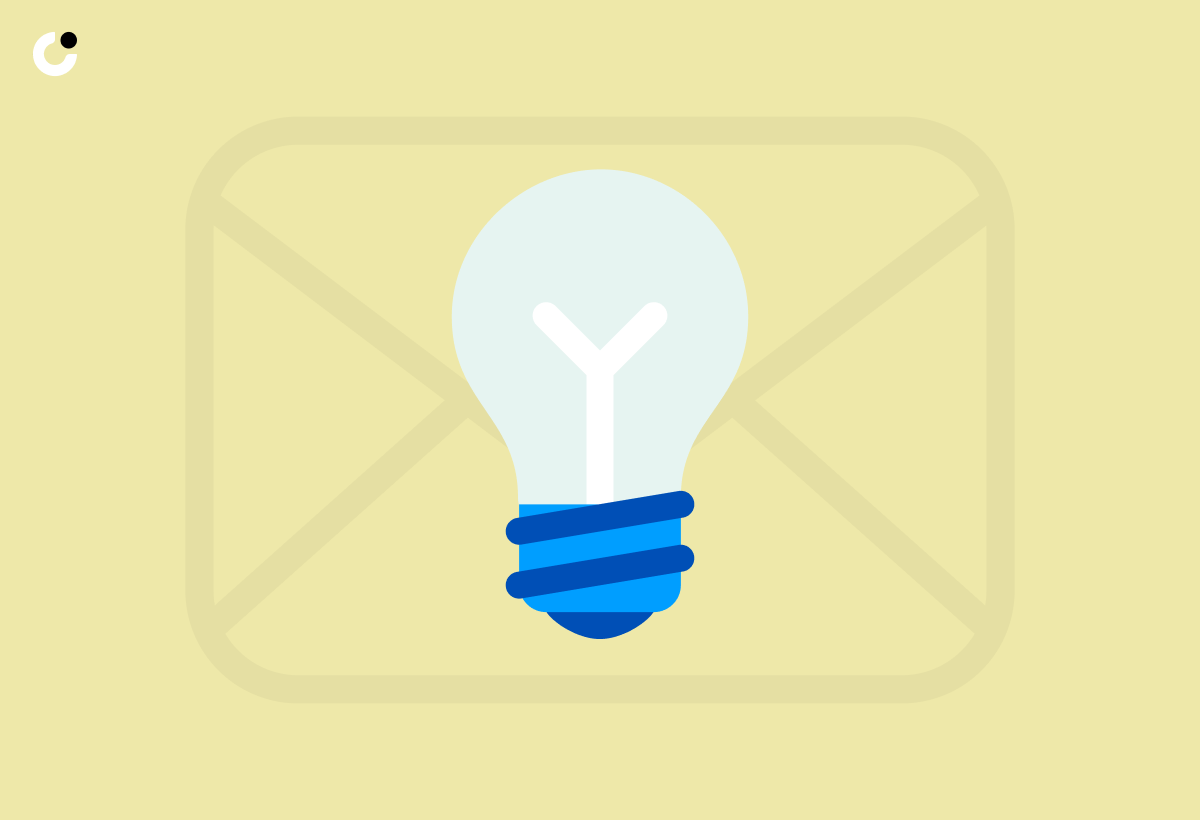
Your outreach strategy can significantly benefit from follow-up cold emails. Their primary purpose is to sustain an ongoing dialogue after the initial cold email, keeping the conversation alive and maintaining your prospect’s interest. They are essential for boosting conversion rates and sustaining engagement with prospective clients, making them an integral part of any outreach strategy.
The efficacy of the sales process, particularly sales follow-ups, is well recognized by sales professionals, as they help maintain engagement with potential clients and move them further down the sales funnel. Utilizing follow-up email templates can help streamline the process and ensure consistency in messaging. Implementing a well-planned follow up sequence can further enhance the effectiveness of these communications.
The key to successful follow-up cold emails lies in:
- Personalization
- Timeliness
- Tenacity
- Utilizing social proof, especially when referring to the previous email to maintain context and relevance
These elements, when executed correctly, can significantly increase the chances of eliciting a positive response from your cold leads.
Essential Components of an Effective Follow-Up Cold Email

An effective follow-up cold email is like a well-tailored suit – it should fit your prospect’s needs and preferences perfectly. To achieve this, you need to focus on four key elements: personalization, relevance, timing, and a clear call-to-action. Incorporating these components enables you to dispatch effective follow-ups, that resonate with your prospects and increase the likelihood of a successful outcome.
We will explore each of these elements in more detail in the subsequent subsections, and discuss how they can be implemented in your follow-up cold emails to maximize their impact.
Personalization
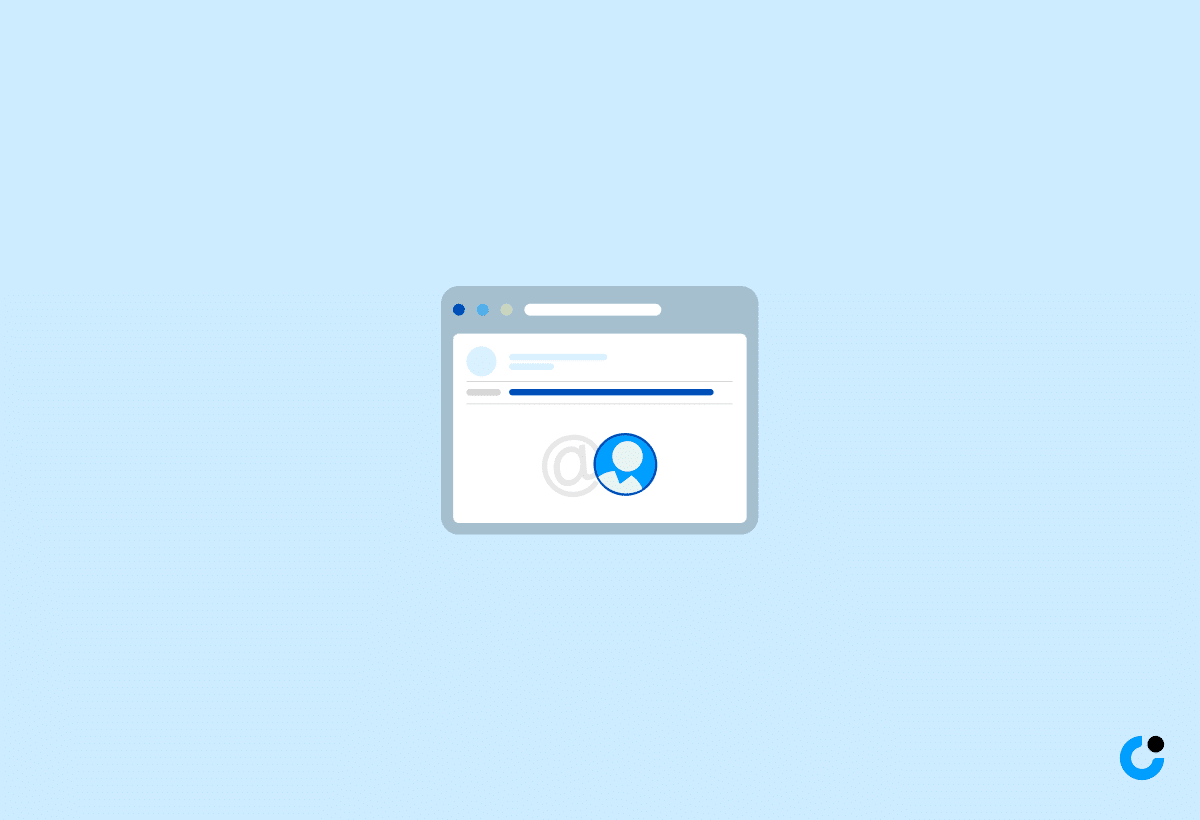
Personalizing your follow-up cold email is crucial for building rapport with your prospect and improving the chances of receiving a response. Here are some tips to help you personalize your email:
- Begin with the recipient’s name.
- Refer to past interactions or the preceding message.
- Use a friendly and conversational tone.
- Show genuine interest in the recipient’s needs or challenges.
- Offer value or a solution to their problem.
- Keep the email concise and focused.
This simple yet powerful gesture will set a congenial atmosphere and capture the recipient’s attention, ultimately increasing the likelihood of a positive response.
Personalization can be further enhanced by utilizing AI writing software to analyze data and generate language tailored to each individual recipient.
Relevance
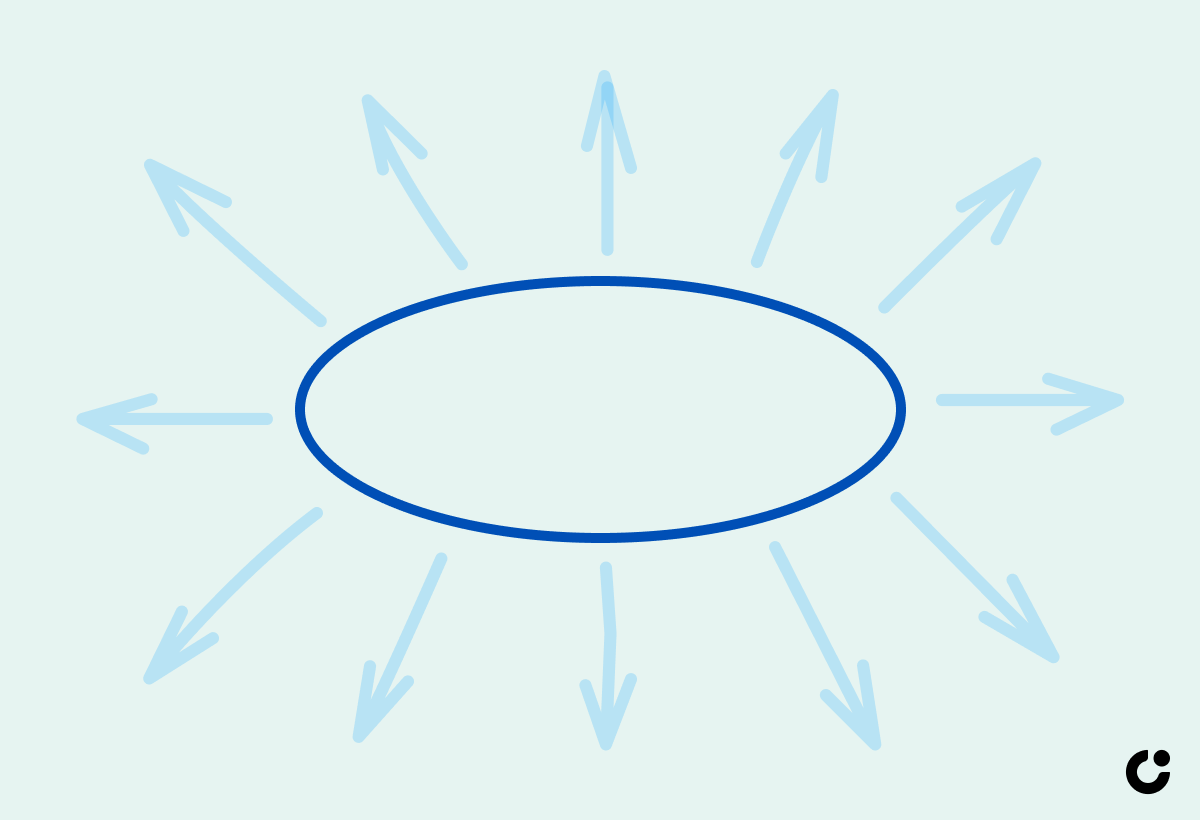
Relevance is vital for crafting an effective follow-up cold email. To ensure your message is relevant to the recipient’s needs and interests, it’s important to conduct research on their pain points and offer suitable solutions. Addressing their challenges directly in your follow-ups can significantly increase the chances of eliciting a positive response.
Furthermore, relevance in follow-up cold emails enables you to present solutions to your prospects’ challenges and cater to their preferences. Creating a message in this way increases the likelihood of engaging the recipient and prompt them to take the desired action.
Timing
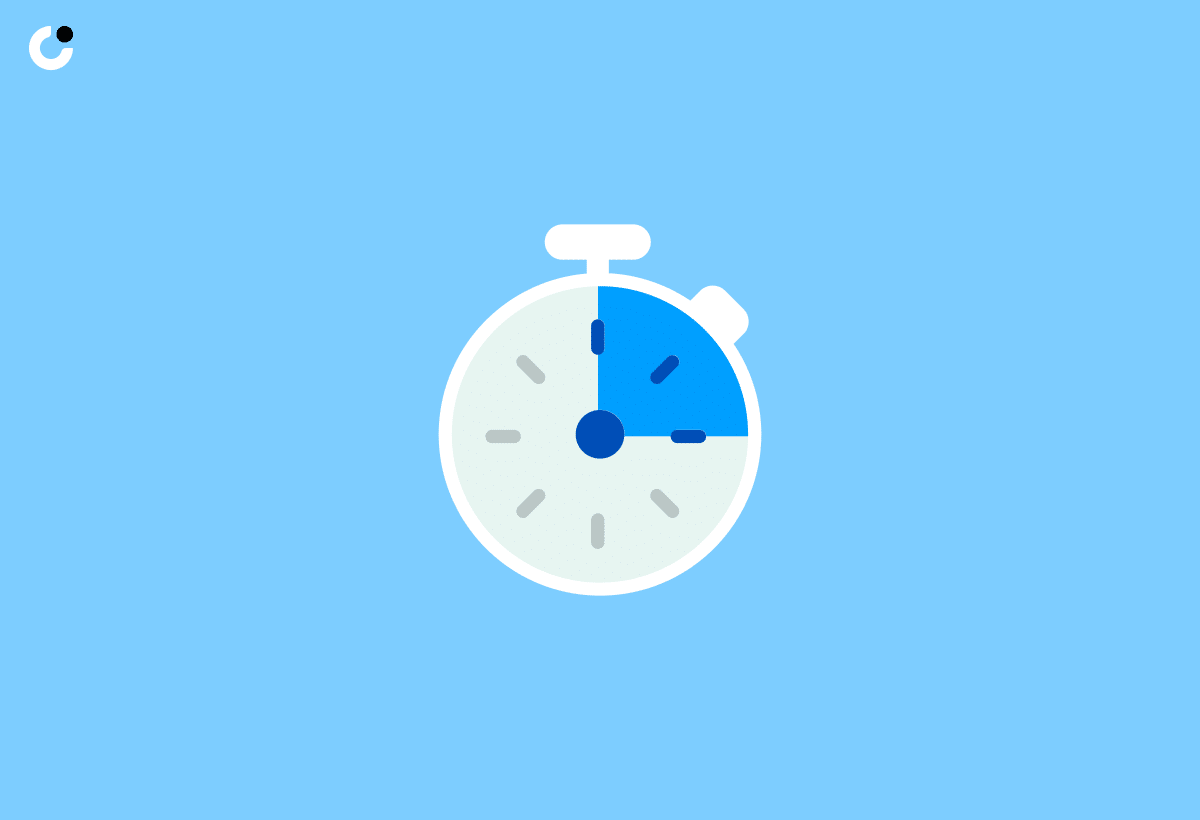
Just like in comedy, timing is everything in follow-up cold emails. Sending your follow-ups too soon or too late can be detrimental to your outreach efforts. It is recommended to wait 2-3 days before you send follow ups and adjust the schedule based on response rates.
Paying close attention to the response rate of your follow-up cold emails is essential for gauging the effectiveness of your campaign. Monitoring your follow-ups’ timing carefully, you’ll be able to optimize your outreach efforts and avoid the potential negative consequences of being overly persistent, such as having your emails marked as spam.
Call-to-Action

An effective follow-up cold email must include a clear and concise call-to-action (CTA) that guides the recipient towards the desired outcome. To craft a compelling CTA, use action-oriented language that directs the reader to the next step.
For instance, you could write, “I would be delighted to arrange a brief phone call to demonstrate our platform and further explore how we can satisfy your requirements”. Offering a specific and direct CTA, you make it easy for the recipient to understand what you want from them and facilitate the progression of the conversation.
Crafting the Perfect Follow-Up Cold Email: Step-by-Step Guide
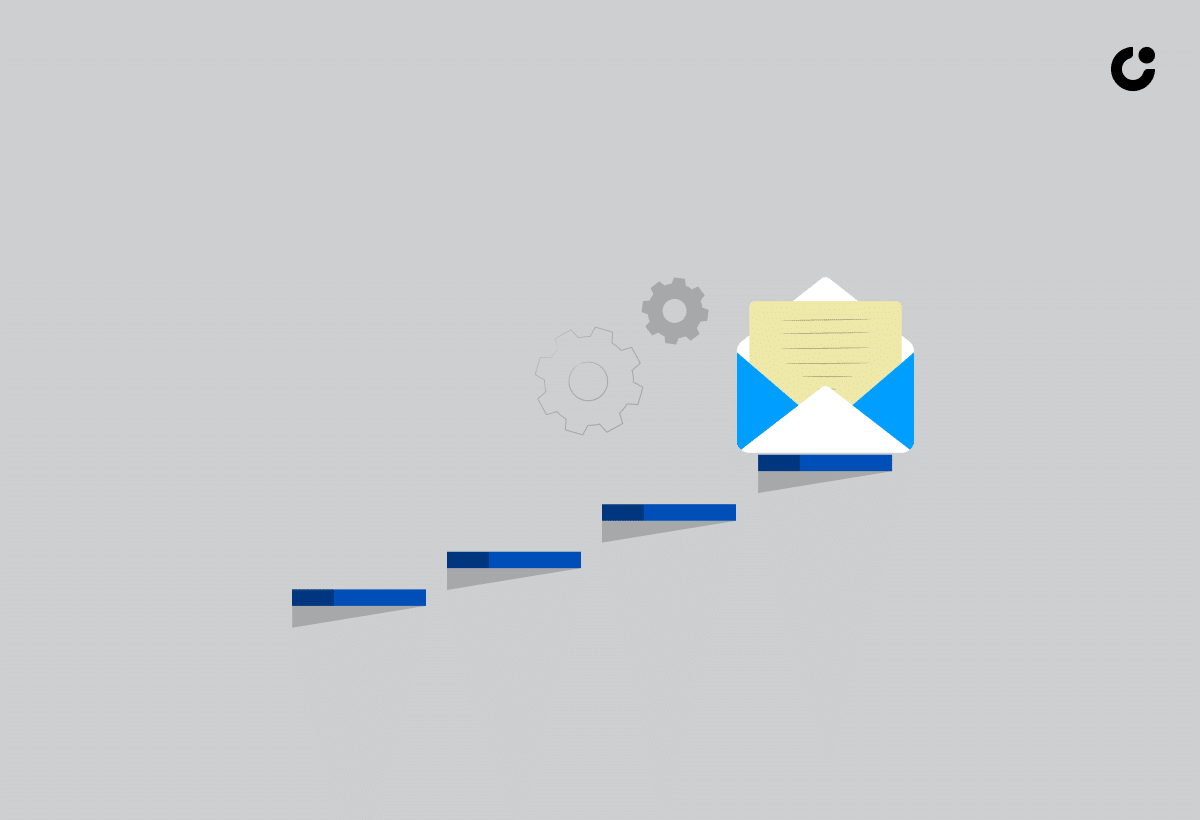
With a clear understanding of the vital components of an effective follow-up cold email, it’s time to put them into practice. Crafting the perfect follow-up email requires attention to detail and a strategic approach that combines all the elements we’ve discussed thus far.
Subsequent subsections will guide you through the process of creating:
- An engaging subject line
- An opening line
- Body content
- Closing with a professional signature
By following these steps, you’ll be well on your way to crafting follow-up cold emails that resonate with your prospects and yield successful outcomes.
Subject Line
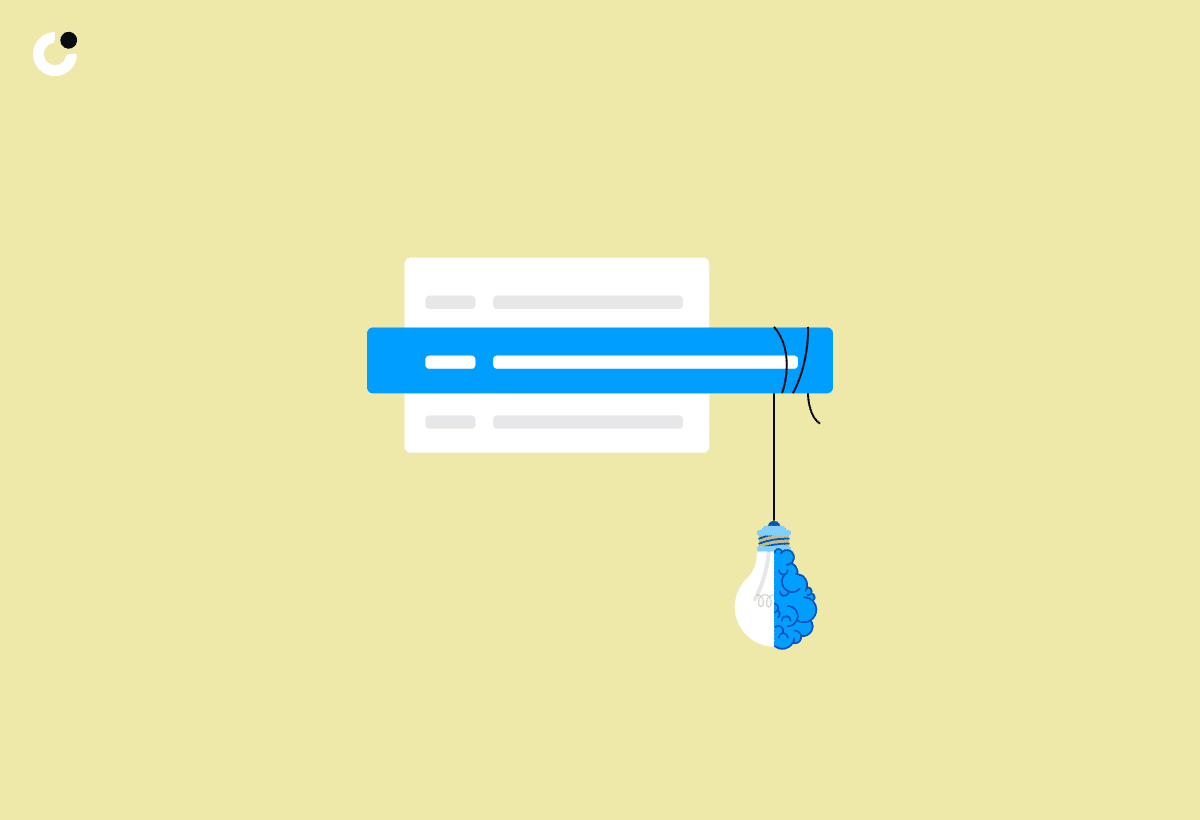
The subject line is your very first impression, so it’s crucial to make it count. To create attention-grabbing subject lines, consider suggesting exciting news, offering a solution to a problem, or posing a thought-provoking question. Referring to a previous message can also help establish context and encourage the recipient to open the email.
Experimenting with various subject line ideas can be beneficial, you determine the most successful approach for your target audience. Remember, an enticing subject line can mean the difference between an opened email and one that gets lost in the inbox abyss.
Opening Line
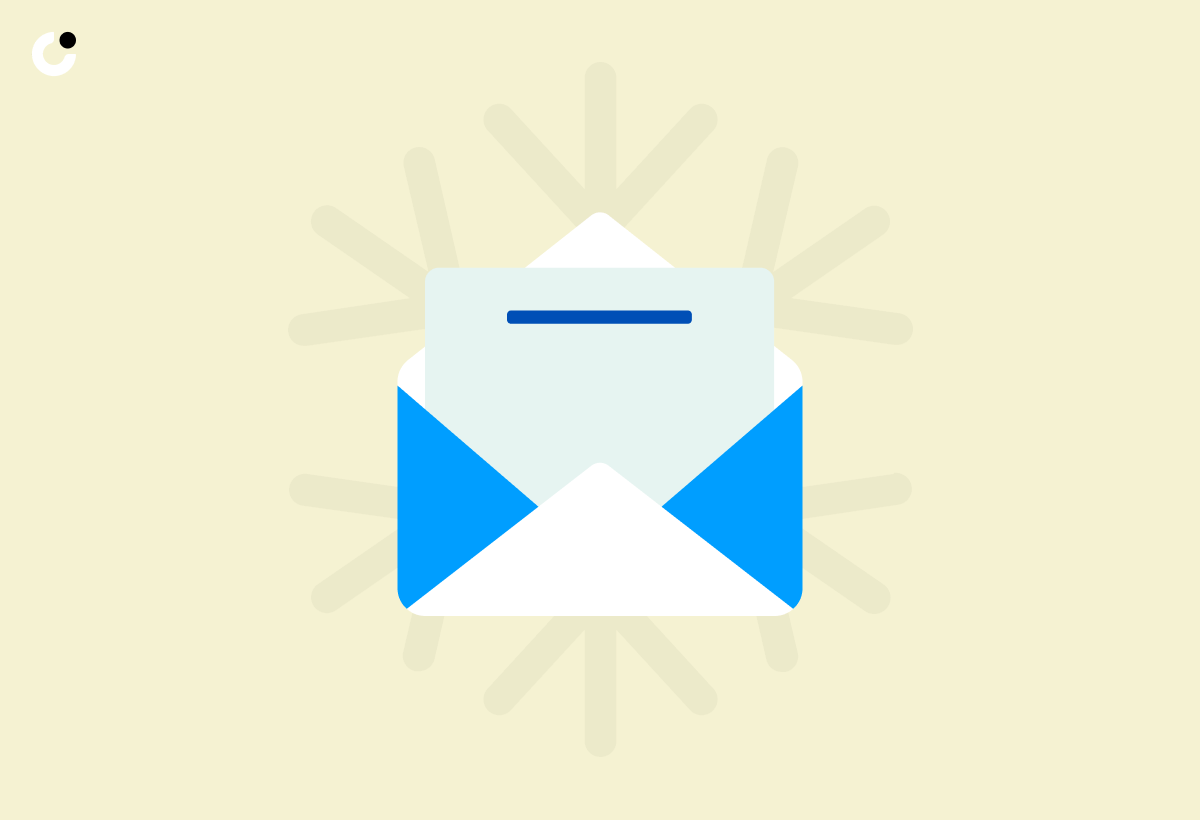
The opening line of your follow-up cold email sets the tone for the rest of your message, especially after the initial email. To engage your prospect, use a strong opening line that addresses their needs or asks a thought-provoking question. This approach not only captures their attention but also demonstrates that you’ve done your homework and genuinely care about their challenges.
A captivating opening line can significantly increase the chances of a positive response and pave the way for a fruitful conversation.
Body Content
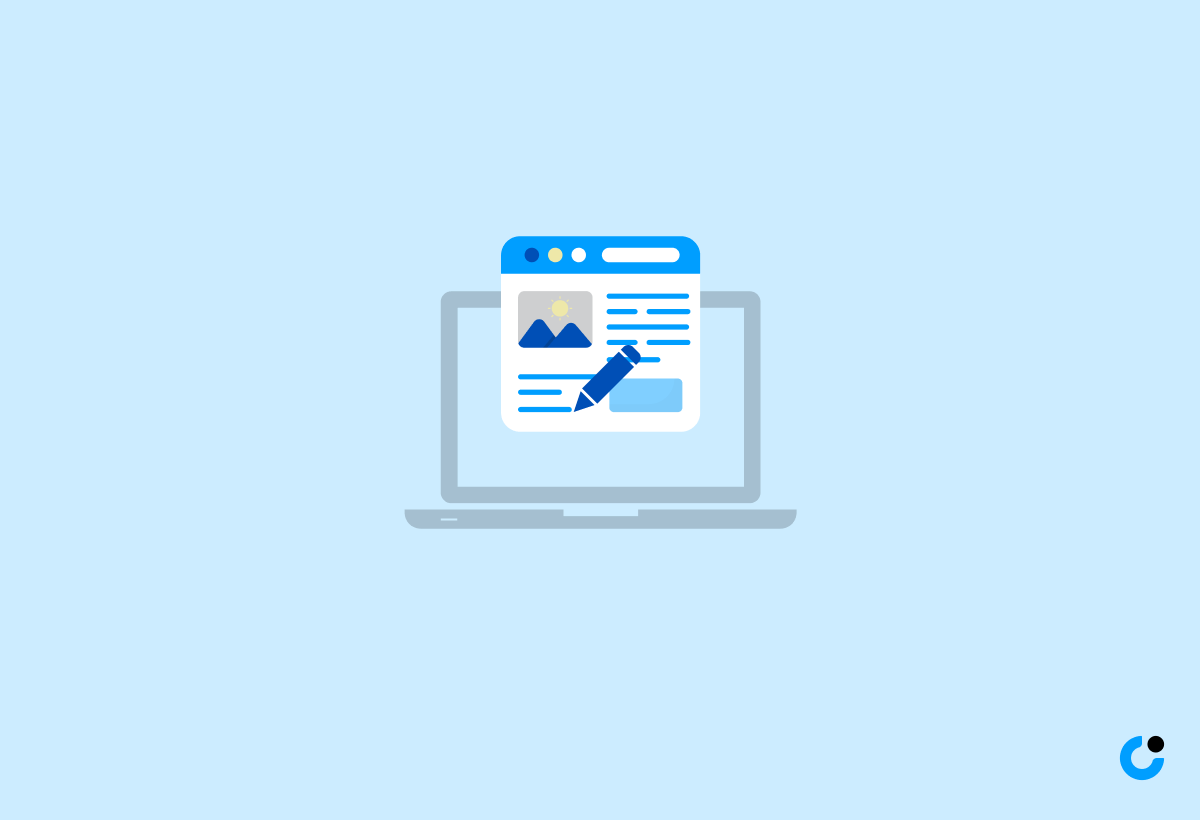
Creating the body content of your follow-up cold email requires a delicate balance. Your goal is to provide value, address the pain point, and offer solutions, while maintaining a concise and focused message. You can achieve this by:
- Linking to relevant case studies
- Inviting prospects to an upcoming webinar
- Providing additional information or resources
- Summarizing the content of the email in one line.
Remember, the key to an effective cold email follow up lies in its relevance to the recipient’s needs and interests. Conducting comprehensive research and crafting messages that address their pain points, you’ll maximize the chances of eliciting a positive response and moving the conversation forward with your cold email follow ups.
Closing and Signature
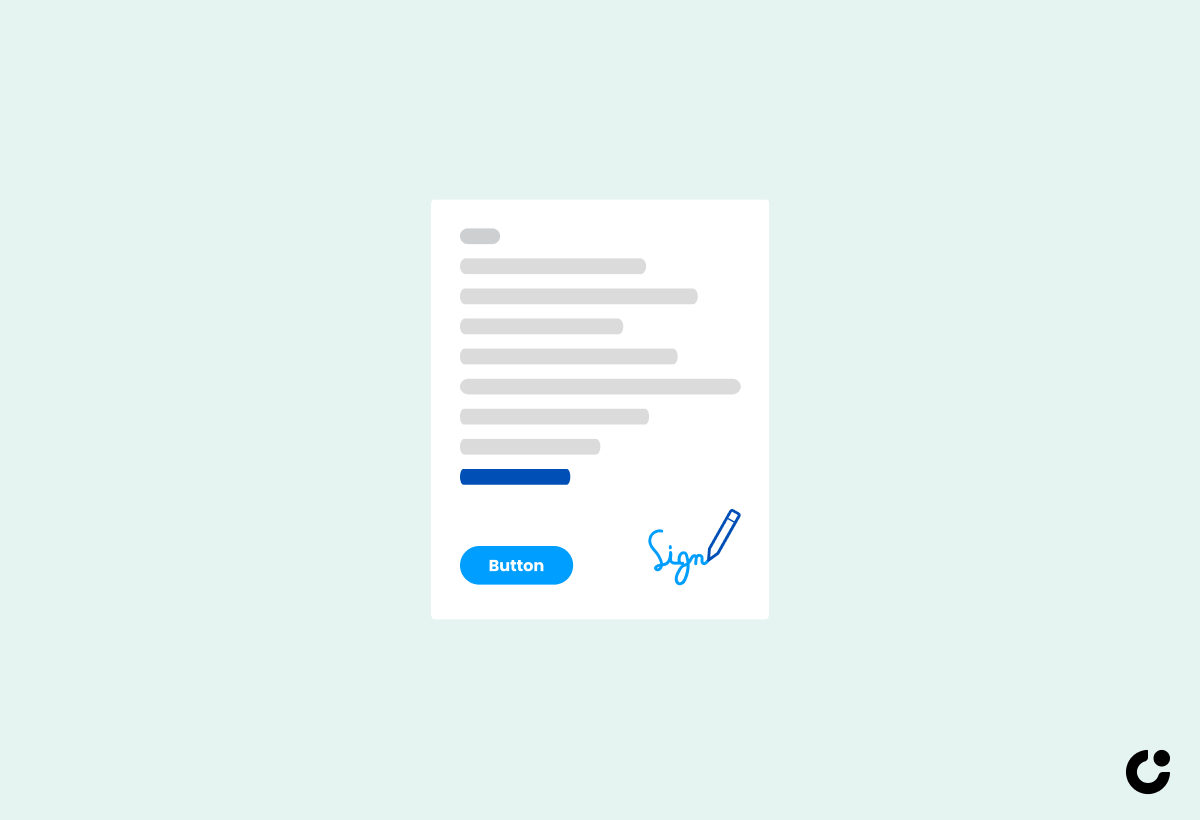
Conclude your follow-up cold email with a professional closing and signature. This not only gives your email a polished appearance but also provides the recipient with your contact information, making it easy for them to get in touch with you.
A simple yet effective closing and signature could be:
- “Kind regards”
- [Your Name]
- [Your Title]
- [Your Contact Information]
Ending your email professionally reinforces your credibility and leaves a lasting impression on the recipient.
Five Proven Follow-Up Cold Email Templates
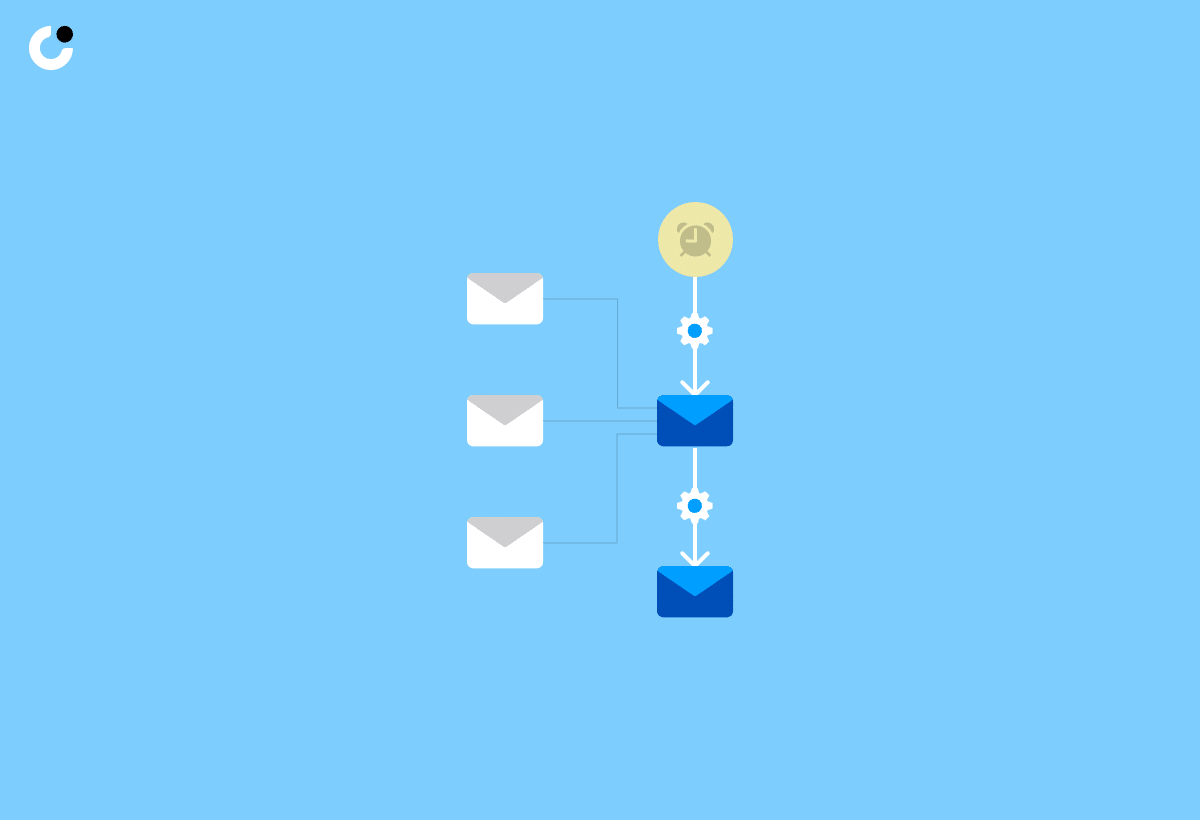
For time-saving and consistent messaging, we’ve compiled a collection of five proven follow-up cold email templates tailored for different situations and audiences. These templates can serve as a starting point for crafting your own personalized follow-up emails and can be easily adapted to suit your specific needs and goals. In this guide, we will provide you with a versatile follow up email template for each scenario.
- The “Gentle Reminder” Template: This template is perfect for reiterating your value proposition and reminding the recipient of your previous email, while keeping the tone friendly and unobtrusive.
- The “Offering Value” Template: Use this template to provide the recipient with valuable resources or insights related to their industry or pain points, demonstrating your expertise and commitment to helping them succeed.
- The “Break-Up” Template: Reserved for the final follow-up email in your sequence, this template allows you to gracefully end the conversation while leaving the door open for future engagement.
- The “Social Proof” Template: This template incorporates customer testimonials or case studies to showcase your product or service’s success and persuade the recipient to take action.
- The “Meeting Request” Template: With a clear call-to-action, this template aims to secure a meeting or phone call with the recipient, moving the conversation forward.
You’re encouraged to experiment with these templates and adapt them as necessary, to suit your unique outreach campaign and target audience.
Tips for Maximizing Follow-Up Cold Email Success
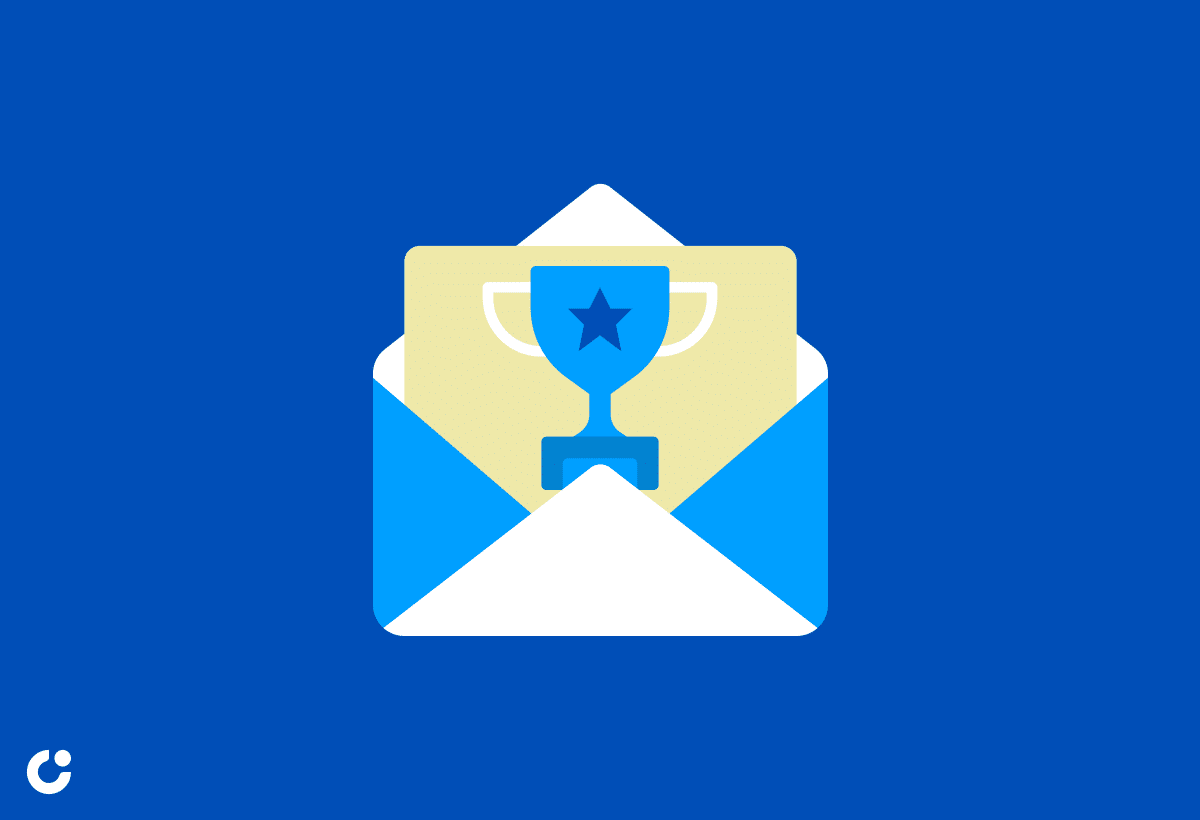
Equipped with the know-how to craft the perfect follow-up cold email, it’s time to put your skills to the test. Implement these strategies to enhance your success:
- Persistence: Don’t be discouraged by a lack of response; remember that potential clients may not take notice of the initial outreach email, so following up can help convert leads into customers.
- Personalization: Tailor your follow-up emails to address the recipient’s specific needs and interests, creating a message that resonates with them and increases the likelihood of a positive response.
- Adding Value: Offer valuable resources or insights in your follow-up emails, demonstrating your expertise and commitment to helping the recipient succeed.
- Leveraging Social Proof: Utilize customer testimonials, case studies, and industry awards to showcase your product or service’s success and persuade the recipient to take action.
Employing these strategies will set you on the path to maximizing the success of your cold email campaigns, including follow-up cold email efforts, and closing more deals.
Common Mistakes to Avoid in Follow-Up Cold Emails
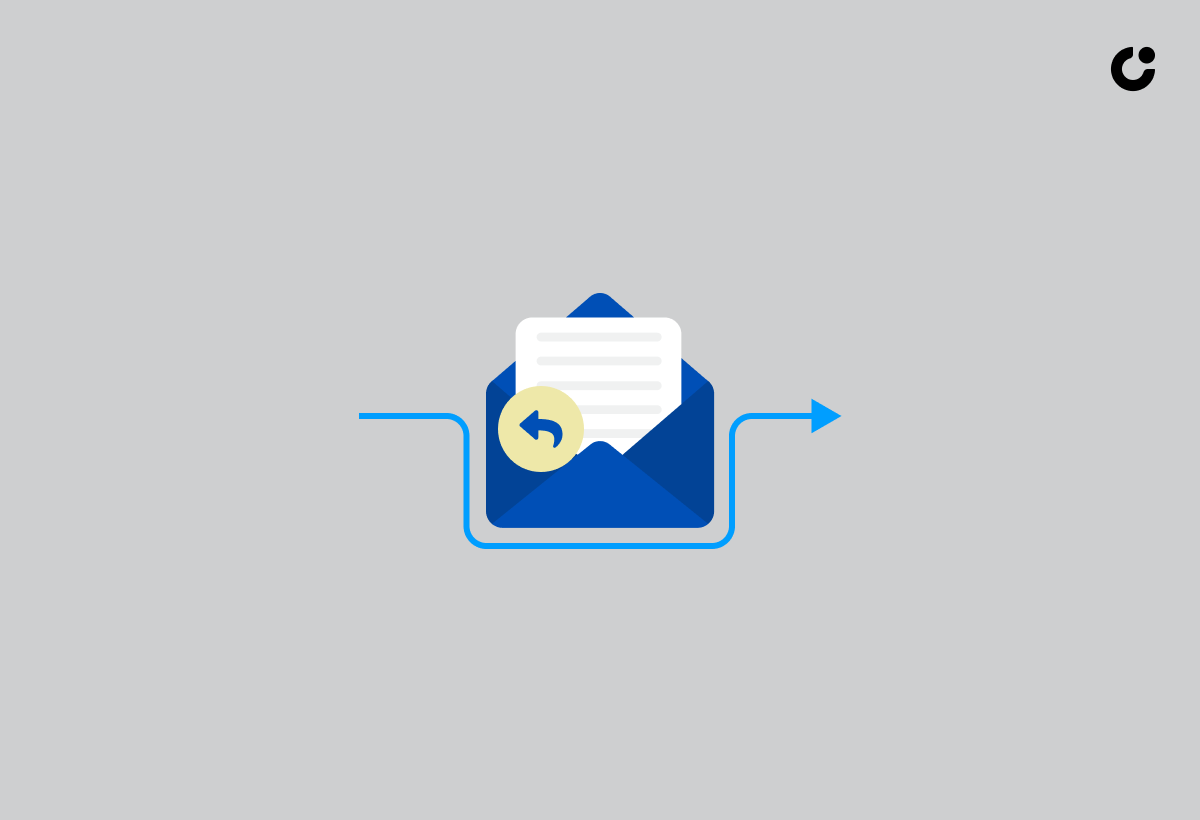
Despite the seemingly straightforward nature of crafting follow-up cold emails, there are a few common mistakes that can hinder your success. For a smooth and effective outreach campaign, be mindful of the following errors:
- Being overly pushy: While persistence is essential, there’s a fine line between being assertive and overly aggressive. Avoid bombarding your prospects with emails and be respectful of their time and attention.
- Using generic language: Personalization is crucial in follow-up cold emails, so be sure to tailor your message to address the recipient’s specific needs and interests.
- Neglecting to proofread: Before hitting “send,” take a moment to proofread your email for any typos or grammatical errors. A polished and professional message is more likely to elicit a positive response from your prospect.
Avoiding these common mistakes, you’ll increase the chances of a successful follow-up cold email campaign and set yourself up for outreach success.
Summary
In conclusion, the art of follow-up cold emails is an essential skill for any sales professional looking to boost conversion rates and maintain engagement with prospective clients. By understanding the importance of personalization, relevance, timing, and a clear call-to-action, you’ll be well-equipped to craft the perfect follow-up email. Combine these elements with our proven templates and tips for success, and you’ll be well on your way to closing more deals and making a lasting impression on your prospects. So, go forth and conquer your next cold email campaign with confidence!
Frequently Asked Questions
How do you politely follow up on a cold email?
Refer back to the original email, offer to have a call to discuss the matter further, explain the value of your product or service, provide a call to action and wrap up with a polite closing. Also make sure you're adhering to CAN-SPAM and GDPR rules.
What is an example of a follow up email after a cold email?
Hi [prospect's first name], I'm writing to follow up on my previous email. If it makes sense for us to talk, please let me know what day and time work best for you. Additionally, I wanted to send you [a relevant resource] that demonstrates how [your company name] helped them [specific value proposition related to the one you mentioned in your first cold email]. Looking forward to hearing from you soon.
How do you follow up on a cold email with no response?
When following up on a cold email with no response, send a brief message that includes a reference to your previous email or interaction, adds value to the conversation, explains why you are emailing, and provides a clear call-to-action. Avoid intros that sound like blame and be sure to include a link to your online portfolio or website.
What is the purpose of a follow-up cold email?
The purpose of a follow-up cold email is to sustain an ongoing dialogue and keep the conversation alive with the prospect, maintaining their interest.
How long should I wait before sending a follow-up cold email?
Wait 2-3 days before sending the first follow-up, then adjust the schedule accordingly based on response rates.

